The Sennheiser HD580 are the benchmark for all sub-$150 headphones.
If you’re into headphones, chances are very high that you’ve already heard of the Sennheiser HD600.
So much has been said about these particular headphones that it’s hard to know where to start. Since their release, they’ve been heralded as the holy grail of the “mid-fi bracket.” This bracket is known for headphones that, while not amazing with their transparency or technicalities, get so little inarguably wrong that they’re almost impossible to fault.
- Overall accurate midrange timbre
- Superior resolution for price
- Unobtrusive treble
- Solid build
- Extremely good value for money
- Lack of extension at both ends, especially bass
- Small soundstage, imprecise imaging
- Peak at ~4kHz mars timbre
- Could use nicer plastic
But, of course, we would not have the HD600 without their predecessor, the HD580. Released in 1994, they replaced Sennheiser’s flagship dynamic headphone, the HD560 Ovation II, and also adopted the general design of Sennheiser’s “budget” version of the original Orpheus, the HE60.
They were succeeded by the HD580 Jubilee (essentially an HD580 in terms of sound), HD600, and HD650, and by now, they’ve been discontinued for years. But that doesn’t mean they are particularly rare; in fact, they’re common enough that they can generally be found for a cheaper price than the HD600, often under USD$150.
It’s remarkable how little the market for mid-fi dynamic headphones has changed over the years. Stepping up to USD$700+ prices, we have new contenders, like the Focal Elex; but under USD$400, the only real new contender since the mid-2000s is the Hifiman Sundara, a planar-magnetic headphone.
Essentially, the HD580 can still compete in today’s market. But who should consider buying this legendary pair of headphones?
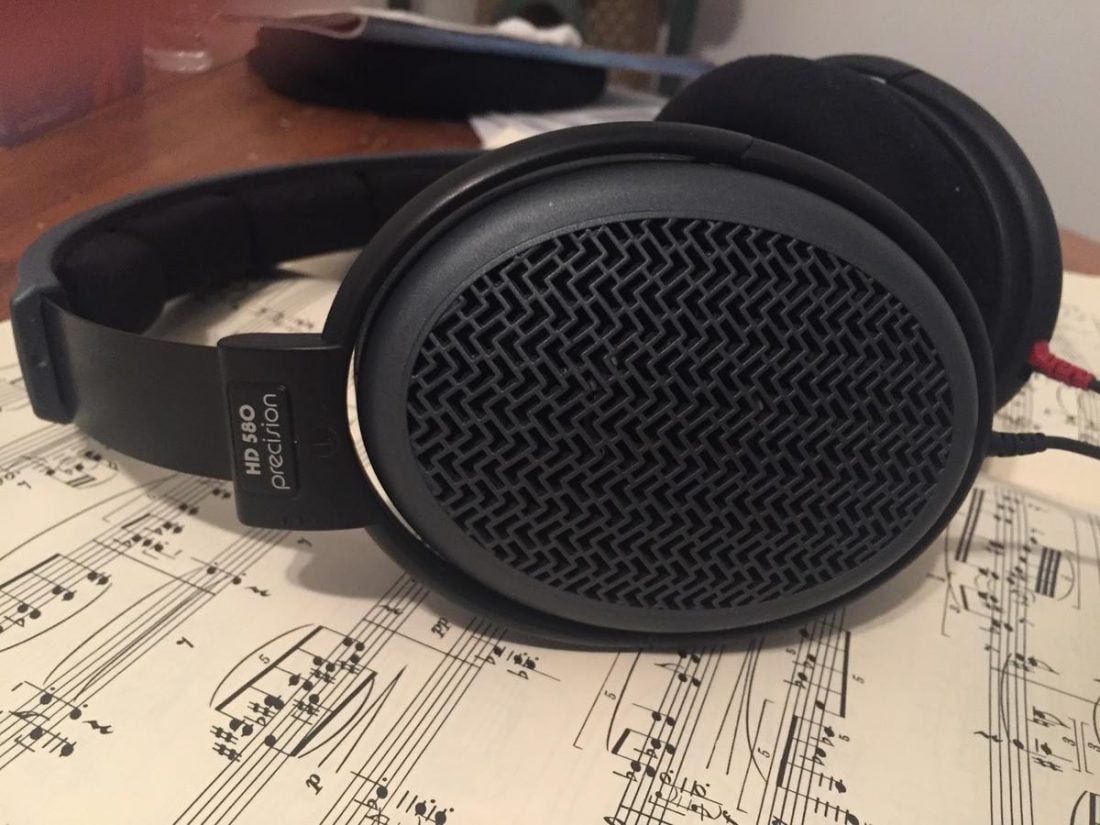
Technical Specifications
The HD580 can be driven by most sources, but they highly benefit when driven by a decent amplifier, gaining clarity and dynamic ability in spades.
I personally fall into the camp that believes that the HD580 is best served by a high-quality tube amp. If you can afford it, the Schiit Valhalla 2 will do the trick, as will the Eddie Current x Massdrop ZDT Jr., Bottlehead Crack, and others.
- Driver type: Dynamic
- Impedance: 300 Ohms
- Sensitivity: 97 dB @ 1kHz
- Weight: 260 grams
- Cable length: 3m
- Connector type: Sennheiser proprietary
Build
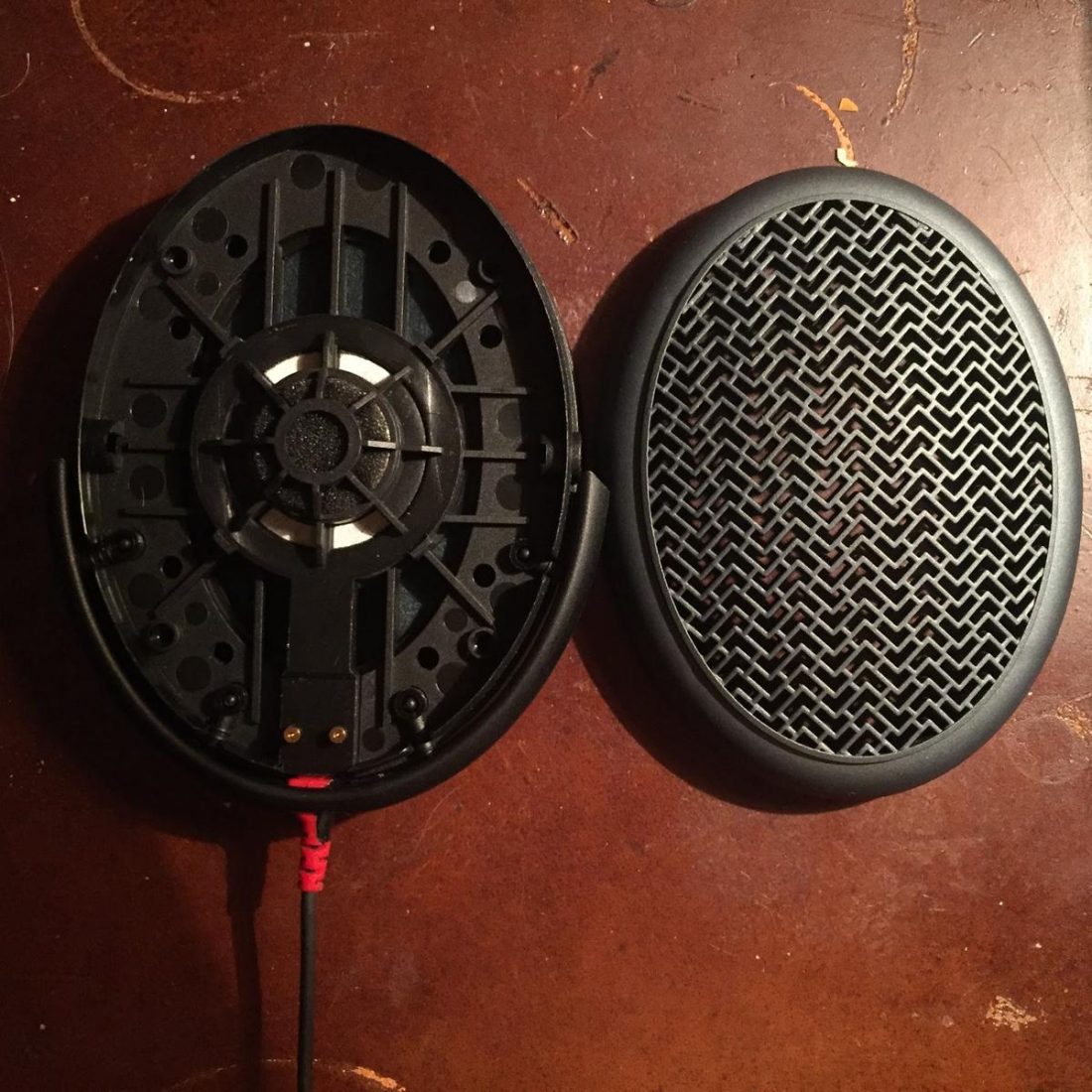
The HD580 are a rather homely-looking pair of headphones, in my opinion. The plastic is not particularly high-quality; the grill is an odd plastic art-deco-style affair, in contrast with the HD600’s plain metal.
It’s a good thing I’m not bothered by low-quality plastic. Other than that, the HD580 are built quite well, certainly well enough that many pairs have withstood the passage of time. They feel well-built, with a thick plastic headband and earcups; nothing feels fragile.
If you’re buying used, chances are that you’ll need to replace the earpads and headband cushion. Sennheiser’s earpads are known to flatten out over time, changing the sound. That said, I actually prefer the HD580 with slightly worn earpads – but more on that later.
The HD600 and HD650 are known to be a bit “clampy” upon first use; the earcups can grip the head with a force that some consider uncomfortable. Since you’d be buying the HD580 used, this shouldn’t be a problem. In fact, my own pair is a bit loose-fitting, and they tend to slip forward on my head as I listen.
But the average pair should be perfectly comfortable, with soft, plush velour earpads, and a well-shaped headband.
One of the nicest characteristics of the HD580 is that they are extremely easy to take apart. Everything snaps together. All one has to do to detach the earcups from the headband is rotate them 90 degrees, and they snap off easily and painlessly. You can pry the grills off the back of the headphones with minimal effort, and replace them just as easily.
Ideally, you’ll never have to fix your HD580; but I obtained a cheap pair that was in bad condition, requiring me to clean out old, disintegrated foam from the drivers. Luckily, the HD580 is user-friendly enough that this was an easy task.
Overall, the HD580 are a headphone with personality and they’re built well, despite the slightly-less-than-premium plastics used for the earcups and headband.
Of all the mid-fi headphones, the Sennheiser HD580 are one of the most agreeably tuned.
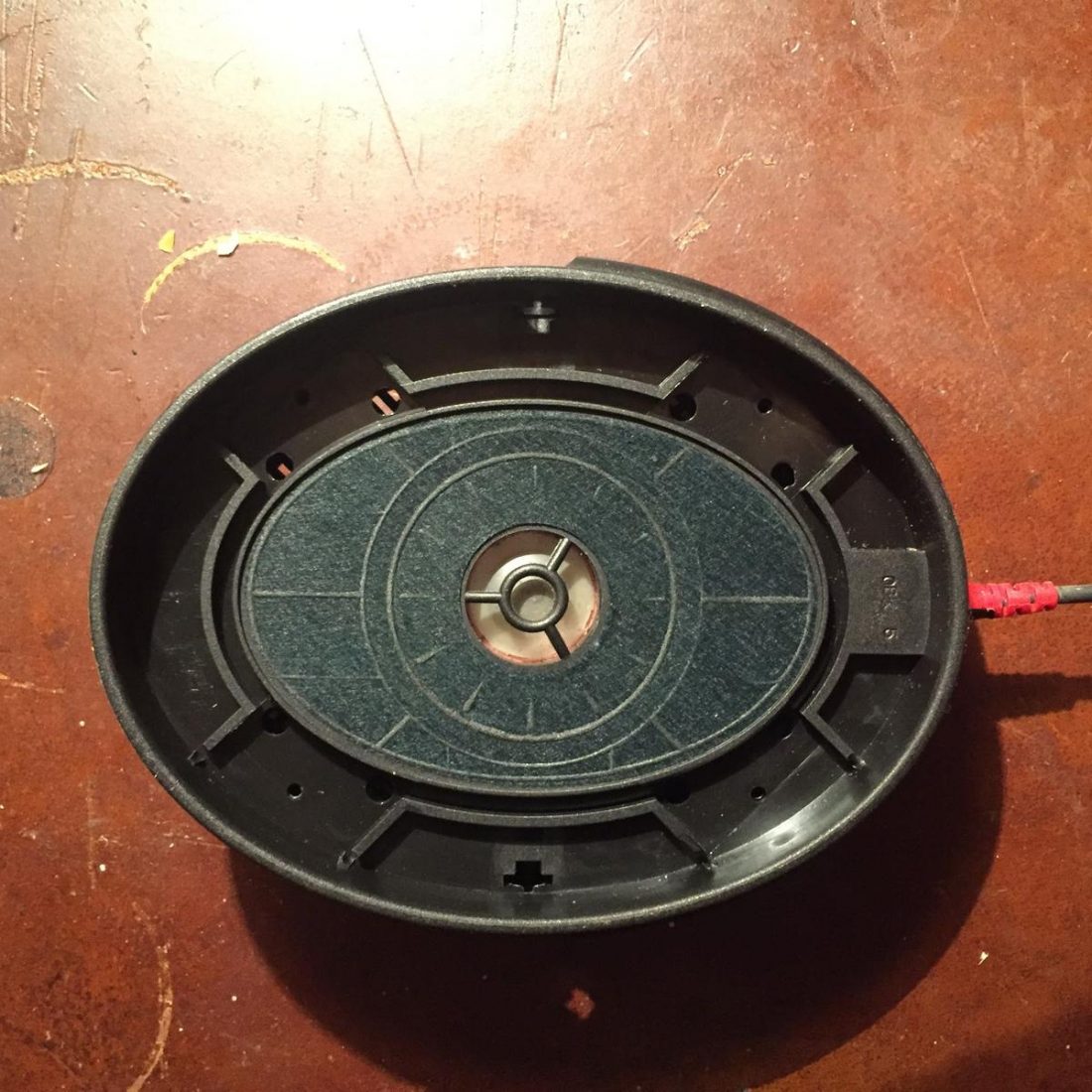
Sound
The HD580 are essentially neutral, very slightly warm-tilted headphones. If you’ve heard the HD600 or HD650, you can imagine the HD580 as very similar but ever so slightly brighter, due to slightly less pronounced emphasis on the lower midrange.
While the HD580 certainly does many things well, they don’t do everything perfectly, and there are reasons you might want to look elsewhere for your mid-fi open-back headphone needs.
For example, the HD580 are not the end-all-be-all in terms of bass performance, with sufficient midbass but a steep rolloff below that renders sub-bass all but inaudible.
The soundstage can also be slightly congested, and the HD580’s imaging capabilities leave me slightly cold.
While the HD580’s tuning is quite good, perhaps better than any other headphone in its price bracket, there are a few characteristics that render it slightly less than perfect.
Still, the HD580 and its younger siblings earn their reputation as a “headphone with no fatal flaws” for a reason. For many listeners, these headphones may well be all you ever need. But let’s get further into it.
Bass
The oval-shaped Sennheiser headphones, being as famous as they are, have garnered a reputation for a few things. Some, for example, have called them “muddy,” referring to the distorted, rolled-off, and midbass-heavy bass performance.
It’s certainly true that the HD580 are not exactly a star performer when it comes to bass; this is perhaps the single most egregious error they commit. The HD580 starts rolling off around 150Hz, and the roll-off is pretty steep by 60Hz.
While the HD580 might sound balanced with certain classical or jazz recordings, they will not provide convincing sub-bass. In certain tracks, the effect is so great that it sounds like the whole bottom end of the track is missing.
With some headphones, the bass can be EQ’d in; not so with the HD580. They have significant distortion in the lower frequencies, so any attempt to raise the sub-bass to the point of neutrality would cause it to bleed into the midrange.
All this might paint a rather dire picture of the HD580’s bass, and deservedly so, but bass is a general noted weakness of mid-fi open-back dynamic headphones. For flat bass, a planar-magnetic headphone, like the aforementioned Hifiman Sundara, or a closed-back headphone, like the AKG K371, would be more appropriate.
Midrange
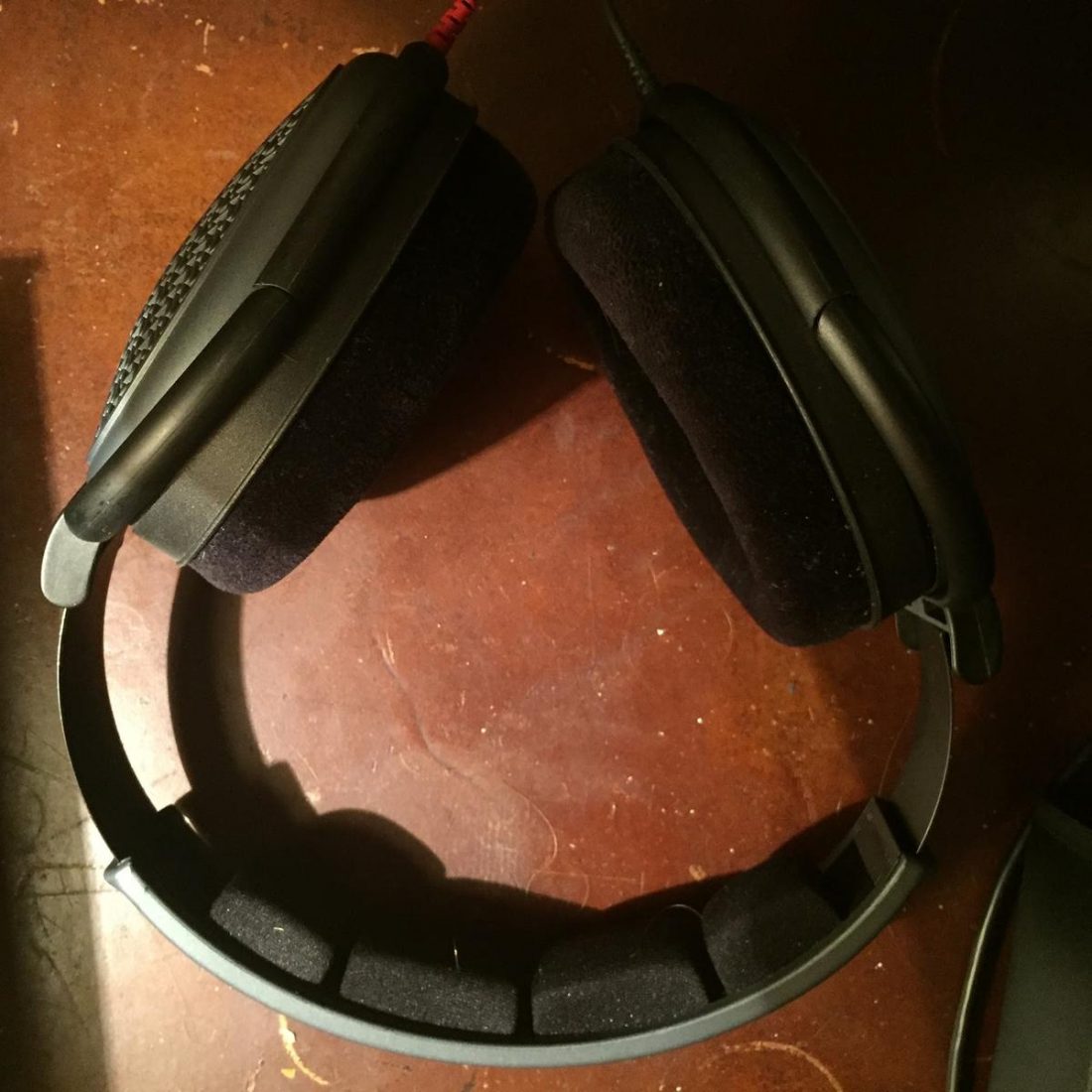
The HD6x0 series from Sennheiser has gained most of their reputation from their stellar midrange reproduction, and the HD580 is no exception. These headphones have very good mids. There are very few irregularities in the frequency response, and they have good resolution and texture.
Indeed, the HD580 have a more accurate midrange tonality than most headphones (almost all, really), even better than most TOTL headphones. That’s the reason many choose to end their audiophile journey with a pair of Sennheisers. With most music, the realism of the HD580 is difficult to deny. There are almost no serious deviations in the midrange from neutral.
There is, of course, one exception. There is a small bump in the upper midrange, around 3.5-4kHz, that can become slightly glaring in certain instances. I find that instruments sound realistic except for that little glare in the upper mids, which can be enough to take me out of the experience.
That’s the reason I prefer the HD580 with slightly worn pads. The frequency response (FR) on a worn-pad HD580 reduces the upper midrange just enough to avoid that glare. A warm amp can also help; I run my HD580 with the Eddie Current x Massdrop ZDT Jr., a tube amp with a slightly warm sound, and I find that it helps with this upper midrange problem.
The HD580 also have a slightly thickened lower midrange. This is common to all HD6x0 variants, and it can be a blessing more than a curse. After all, it’s this thick lower midrange that gives these Sennheisers their intimate, involving sound. Again, the HD580 have less lower midrange than other HD6x0, meaning they will sound slightly less warm.
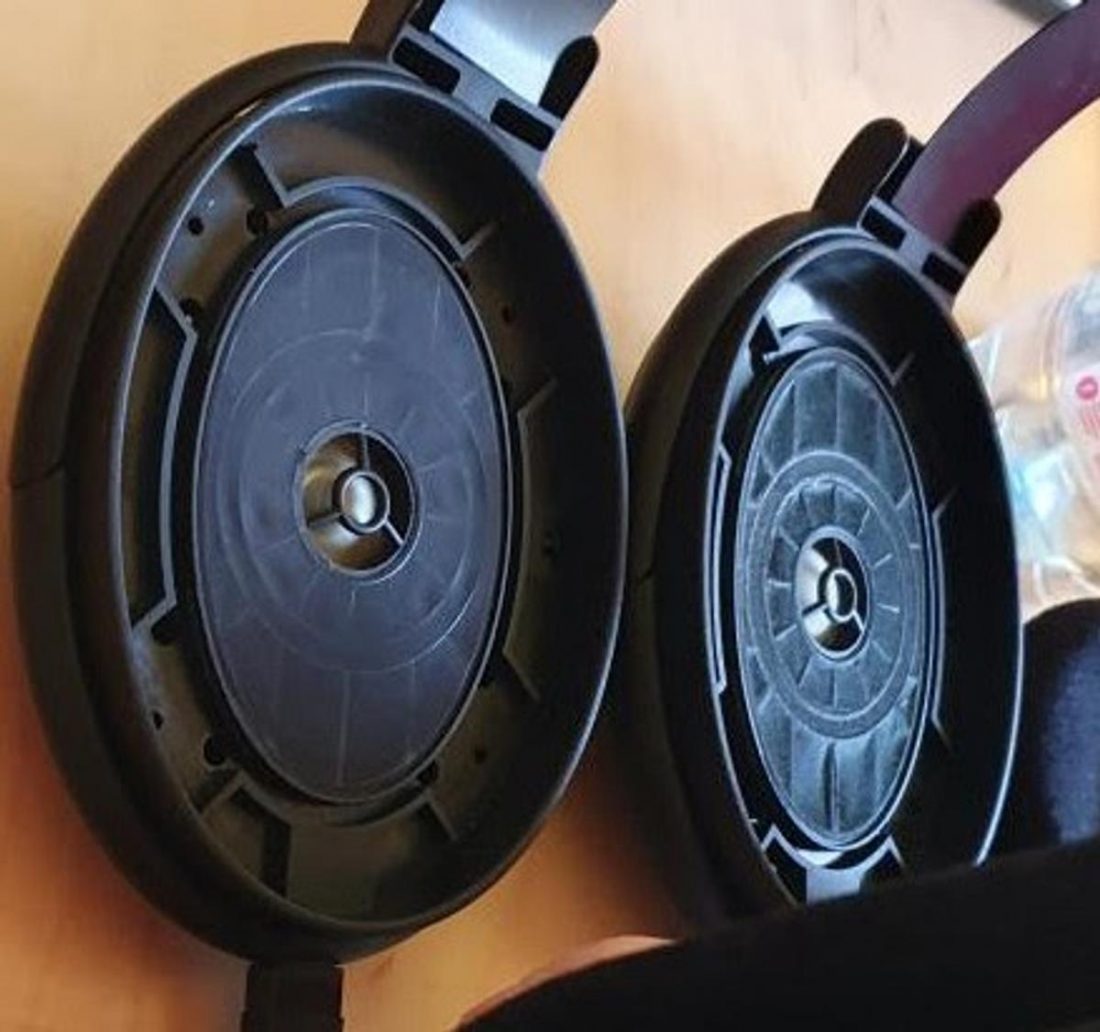
Treble
Treble isn’t the HD580’s specialty, but it’s certainly no weakness.
Tuning-wise, it sounds like this: above the 4kHz bump, the HD580 experience a dip in the 5-8kHz region, before a small peak at around 9-10kHz (very typical for a dynamic headphone), and some roll-off above that.
The treble extension of the HD580 is slightly below average (just like the bass), with most other widely-recommended mid-fi dynamic headphones equaling or bettering it. This means that the headphone has less air than others, resulting in a somewhat congested sound.
This is a very, very slight issue, though, all things considered. For headphones at this price, I mostly expect even, unobtrusive treble, which the HD580 does very nicely. The peak at 10k is hardly obtrusive. For my money, only the AD2000 has better treble among mid-fi headphones, and that costs quite a bit more.
Soundstage and presentation
The HD580 and its siblings are known for having a somewhat small and restrictive soundstage. Indeed, this is one of their greatest weaknesses, but I don’t think it steals from what makes the HD580 a great pair of headphones.
For one thing, it’s not really that small. While the HD580 doesn’t extend outside the head the way some other headphones do, it does give you enough room to discern different instruments. The imaging of the HD580 has some issues, but it’s well above the ability of most “budget” headphones.
Some have characterized the HD580’s imaging as “3-blob.” The 3 blobs spoken of here are one for the central image, and one for each side, with a void in between. I don’t know if I find this entirely accurate, but it’s certainly a bit hard to place things left-to-right to a truly high degree of accuracy.
Indeed, when one really focuses on the sound of the HD580, one can hear a slight blurring, or splintering, or general lack of specificity around each sound. Things tend to blend into each other rather than stand out as individual sound sources.
This is especially true with sounds with lots of upper-midrange content. The upper midrange has some “grain” to it, where upper-midrange-heavy sounds sound like they “split” or fragment into multiple tiny temporal blocks, if that makes any sense.
This is not something that’s going to be problematic to someone who doesn’t have extensive experience with much higher-end equipment, though, and it only stands out as a problem when one compares it to something like electrostatic headphones.
To sum it up, I don’t think the lack of soundstage and imaging is going to be a problem for your average listener, and someone who will take issue with it will probably be looking at much higher-end equipment before long.
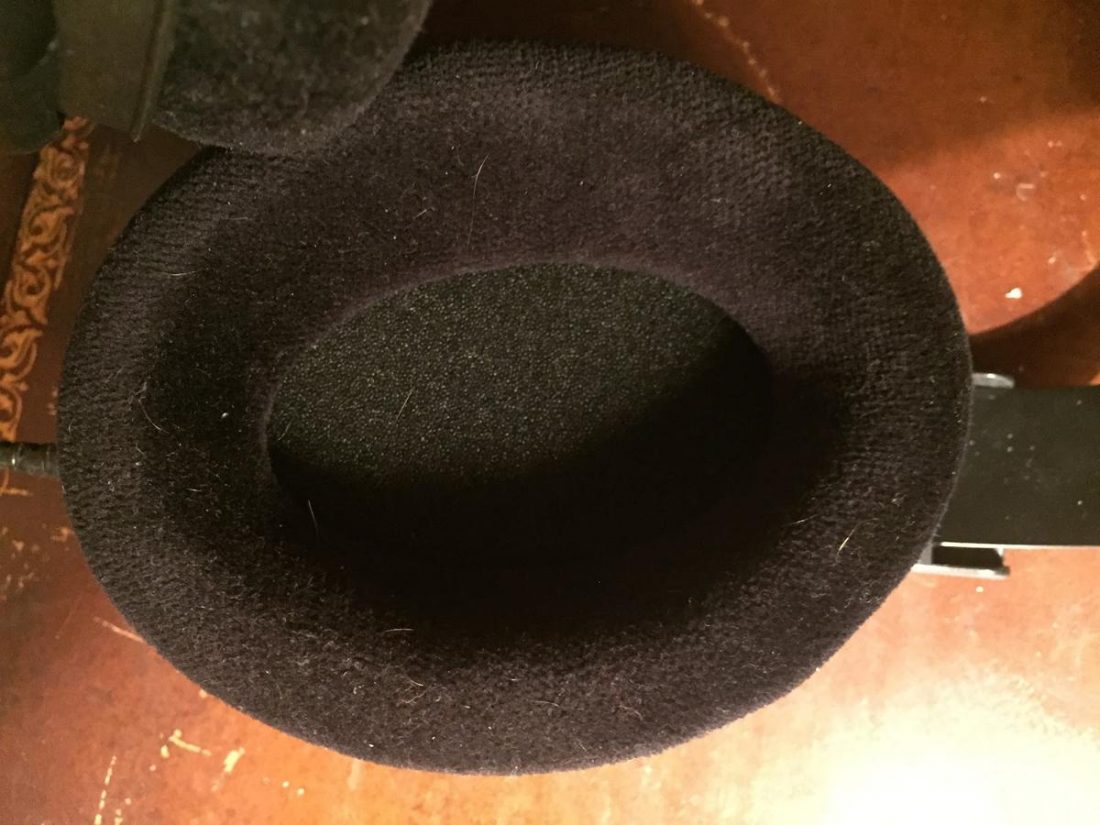
Where to Buy
The HD580 are an out-of-production pair of headphones, meaning one has to find a used pair. Most pairs are priced somewhere between USD$120 and USD$180; I would not recommend paying more than that, especially given that most pairs will, at least, need replacement earpads.
For a general overview of used pairs currently on the market, I would recommend starting your search on Hifishark.
In Conclusion
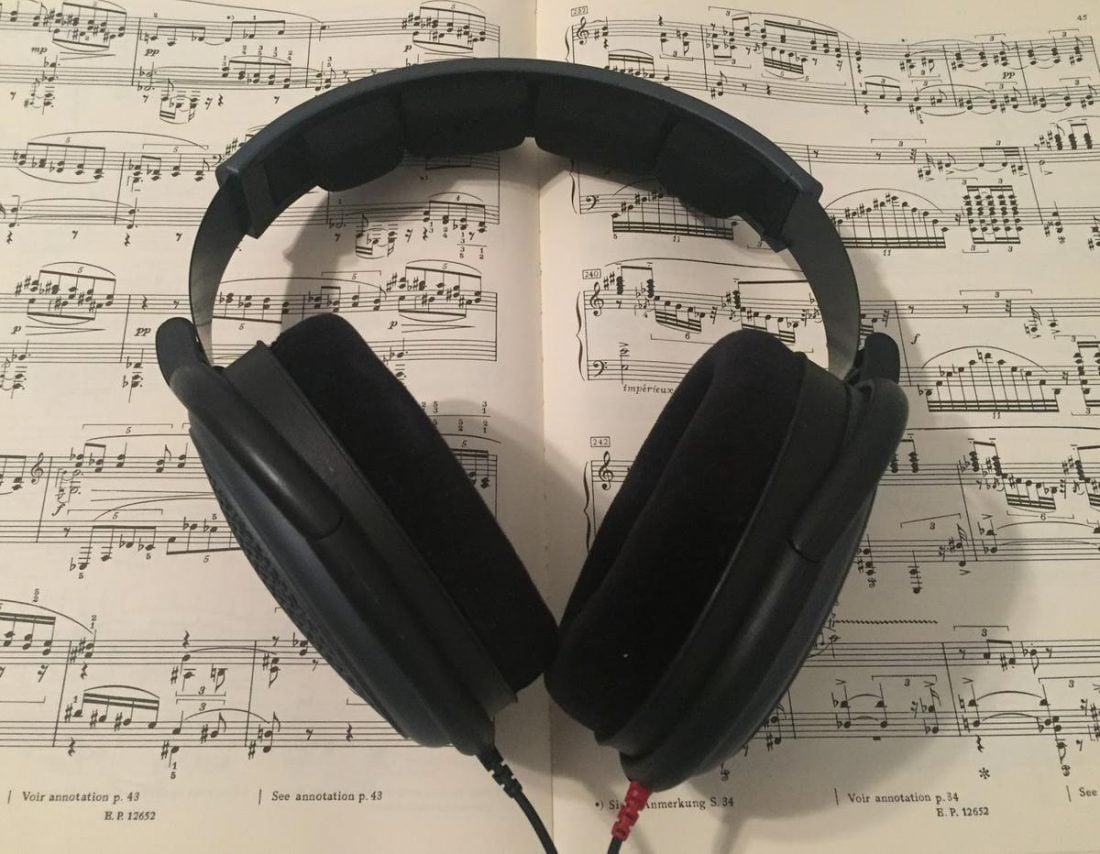
The HD580, for those on a budget, are a fantastic pair of headphones with realistic timbre, great resolution, and overall pleasing sound. For USD$150, one would struggle to do better.
That said, their bass performance, soundstage, and imaging leave something to be desired. Whether this will matter to you depends entirely on your own listening habits and your ears.
For a warmer variation on the same theme, the HD600 is only slightly more expensive used; and for an even warmer variation, the HD650 is available (new) for USD$220 as Drop’s HD6XX.
Overall, the HD580 is a very recommendable headphone for the budding audiophile and as an endgame headphone for those who simply aren’t looking to spend that much.
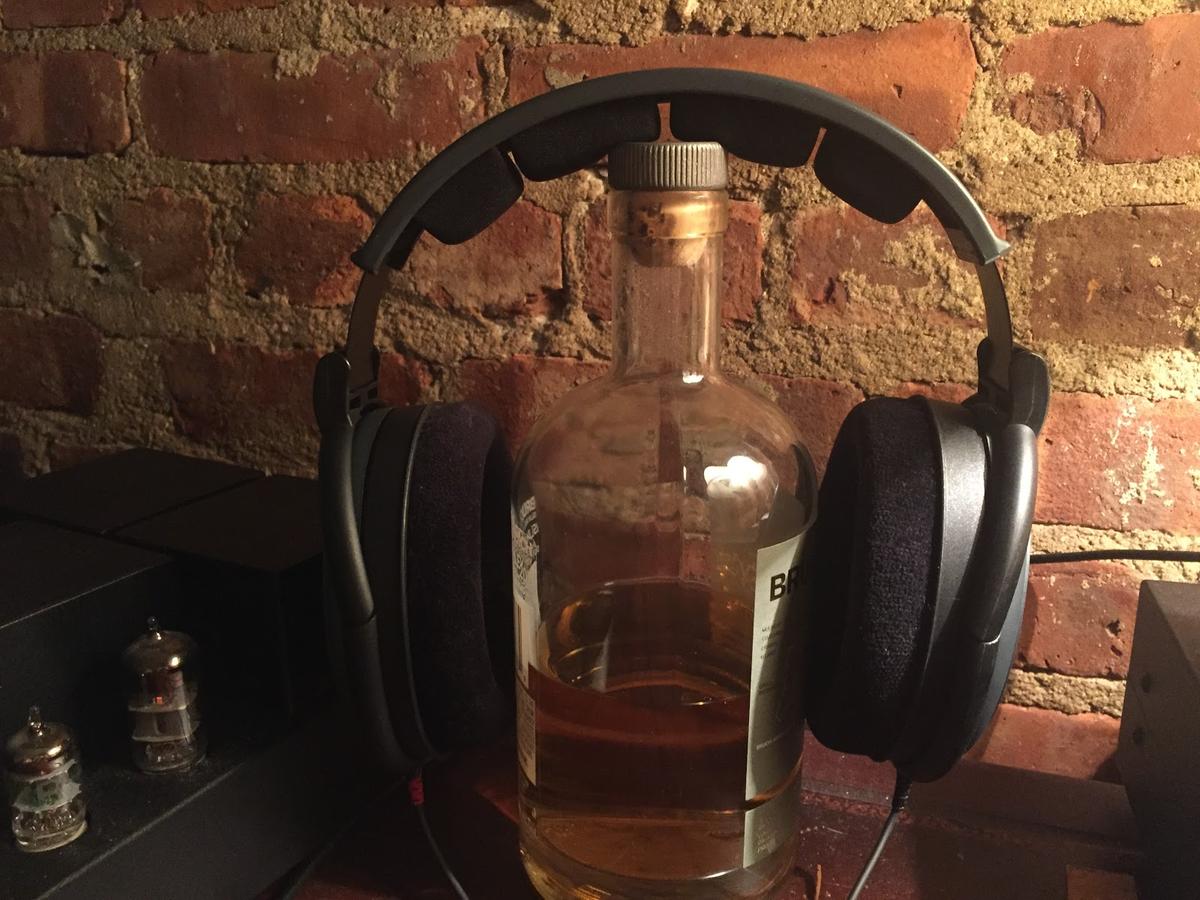
This review seems right on the money. I bought a pair of HD-580 cans when they originally came out in the 90s. I have since had to replace the ear cushions and the headband cushion. And I replaced the cable. I only use the HD-580s in my recording studio and only for editing. (If I was using them for mix decisions, the bass in the song would be totally wrong, for starters.) But for editing, they are really perfect. Lightweight, comfortable and with high resolution to aid in make editing (cut, paste, delete) kinds of decisions over long sessions on the studio computer. As Clint Eastwood said: “A headphone’s got to know its limitations.”
Ditto, had mine since late 90’s. I managed to break the jack plug so replaced the lead (bought two different lengths for depending on what I am doing) and replaced headband and ear pads. Good as new.
As an owner of different versions of the HD-580’s including the formerly known as { Mass Drop } now [ Drop ] models – I paired them with the Sennheiser DSP Pro 120 Dolby Surround Sound Amplifier System , that combination was a very impressive setup.